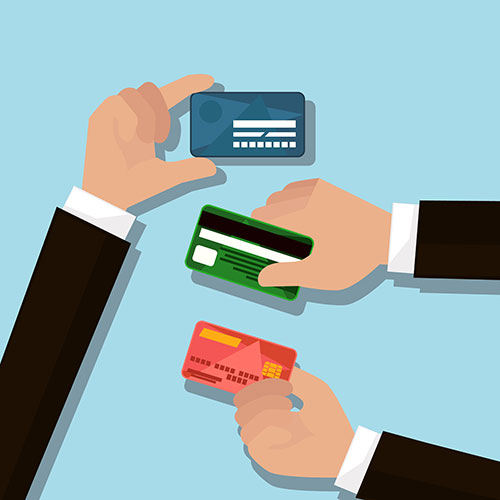Personalized glass is a type of decorated glass wares that entails shallowly inscribing the surface area of the glass. The etching varies from cut glass, which is made by using a sawing motion to create forms in the glass.
Laser etching can produce finely etched pictures on glass, yet the outcome can often feel rough to the touch due to tiny shards of glass staying externally. Amy shares some methods she has actually learned from working with Epilog lasers to prevent these problems:
1. Hang it on the Wall surface
Generally, individuals reward glass for its elegance and elegance. However, it is a heavy and delicate material to deal with and need to be meticulously taken care of in order to preserve the piece for years to come. To display your engraved glass, search for hooks, brackets or installs that are particularly developed for this function. These can be discovered at equipment or art supply shops.
To minimize the opportunity of damages to your glasswork, use a dampened solitary layer of paper towel to the surface. This will stop air bubbles or overlaps from affecting the engraving result.
One more choice is to utilize application tape. This will likewise help in decreasing the area of your workpiece from ending up being rough. In addition, you can trying out various visuals handling setups for laser engraving glass. For example, you may find that a higher power setting works much better with a reduced dpi, as this can minimize the possibilities of sharding. You can likewise try converting solid areas of fill to grayscale, as this will certainly lower the warmth influenced area.
2. Put it on a Table
Glass engravings add a sophisticated aim to any kind of room and can be utilized for a range of functions. To make your glass engravings stand out, consider frosting the surface area or including a paint fill to magnify the style's exposure.
Before running a laser etching job, it's important to examine the rate and power setups on the kind of glass you will be using. These improvements will certainly enable your device to produce the appearance you seek while reducing risks of errors and damage.
Including dampened paper towel or application tape to the surface of your workpiece before lasering can assist with warm dissipation, preventing the glass from becoming harsh.
You can likewise try transforming your visuals color to 80% grayscale in order to further different the dots and minimize any type of fracturing that may take place throughout the etching process. By incorporating these methods, you can achieve near perfect outcomes on a vast array of glass products.
3. Place it on a Stand
The procedure of laser engraving glass requires a large amount of accuracy. Engraving on bent surface areas like bottles and stemless glass is particularly challenging as a result of imbalance issues. A jig or clamp aids to support the object and make certain appropriate positioning.
It's also vital to select a high-contrast design with vibrant lines and clear edges for the best outcomes. Using software program devices to adjust comparison and illumination can help attain these goals. In addition, it's a great idea to examine your styles on scrap glass before etch the actual thing.
Adding a layer of dark paper to the surface area of the glass before inscribing minimizes chipping and boosts the overall top quality of the final product. In addition, a moistened single-layer of paper towel on the surface of the glass can lessen effects from warmth on large surface areas. A rotary add-on is also advised for round products, such as containers. This tool aids to stabilize the work surface, decreasing resonances that can impact the precision of the laser's positioning.
4. Position it on a Floor
A straightforward method to present engraved glass is by positioning it on the floor. This will certainly give the inscribing a more remarkable effect, as it will certainly show up from all personalized candle glass instructions. Engraved glass can likewise be hung from a ceiling for an even more special effect.
While standard methods of etching glass call for physical contact and might damage the surface, laser etching is a non-contact procedure that allows for the production of intricate and in-depth layouts. Epilog Laser devices are straightforward and come with user-friendly software that makes it simple for any person to create an unique imaginative design.
Before lasering, the glass should be cleaned up extensively. Applying a slim layer of undiluted dish soap to the location that is mosting likely to be etched will certainly help stop damage from warm, as it dissipates the power produced throughout the engraving process. Additionally, making use of the rasterization type "Purchased Dithering" in your laser software program will reduce the opportunity of any type of harsh locations on huge surfaces and will enhance general quality.
